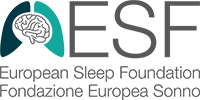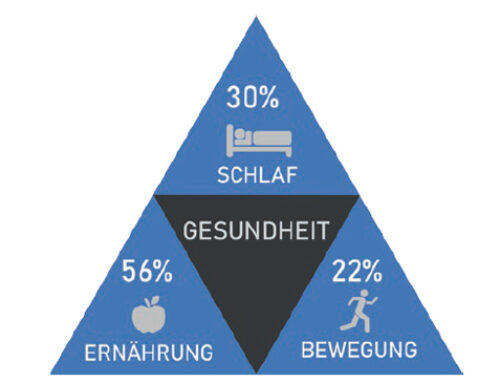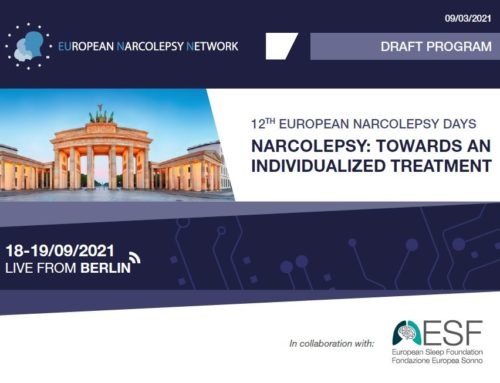From 18th to 20th October 2019, the 5th international meeting organized by the European Sleep Foundation, based in Lugano, took place in Baveno (Italy). The focus of meeting was to bring together field leaders from Europe, Australia, the USA and Asia in Sleep Medicine and Behavioral Sleep Medicine (insomnia specialists) and to partner them with world leaders in medical epidemiology and public health.
This paper summarizes the results of a symposium organized by the European Sleep Foundation. Twenty-three international experts participated to the conference: they were from the domains of sleep research, sleep medicine, neurology, psychiatry.
Background
Insomnia is a common and debilitating disorder that is frequently associated with important consequences for physical health and well‐being.
Methods
An international expert group considered the current state of knowledge based on the most relevant publications in the previous 5 years, discussed the current challenges in the field of insomnia, and identified future priorities.
Results
The association of trajectories of insomnia with subsequent quality of life, health, and mortality should be investigated in large populations. Prospective health economic studies by separating the specific costs driven specifically by insomnia and costs attributable to its long‐term effects are needed. Ignoring the heterogeneity of insomnia patients leads to inadequate diagnosis and inefficient treatment. Individualized interventions should be promoted. More data are needed on both the impact of sleep on overnight effects, such as emotion regulation, and the potential compensatory effort to counteract diurnal impairments. Another gap is the definition of neurocognitive deficits in insomnia patients compared to normal subjects after chronic sleep loss. There are also a number of key gaps related to insomnia treatment. Expert guidelines indicate cognitive‐behavioral therapy for insomnia (CBT‐I) as first line treatment. They neglect, however, the reality of major health care providers. The role of combined therapy, CBT‐I plus pharmacological treatment, should more extensively evaluated.
Conclusion
While insomnia disorder might affect large proportions of the population, there are a number of significant gaps in the epidemiological/clinical/research studies carried out to date. In particular, the identification of different insomnia phenotypes could allow more cost‐effective and efficient therapies.
For further information, please contact:
| Prof. Luigi Ferini-Strambi, Chair of the meeting Chair, Dept. of Neurology OSR-Turro Director, Sleep Disorder Center Member of the Academic Senate Member of the Board of the ESF Vita-Salute San Raffaele University Milan, Italy ferinistrambi.luigi@hsr.it |
Prof. Claudio L. A. Bassetti, Co- Chair of the meeting Acting President, European Academy of Neurology (EAN) President of the European Sleep Foundation Chairman, Neurology Department Vice-Dean, Medical Faculty University Hospital, 3010 Bern, Switzerland claudio.bassetti@insel.ch |





